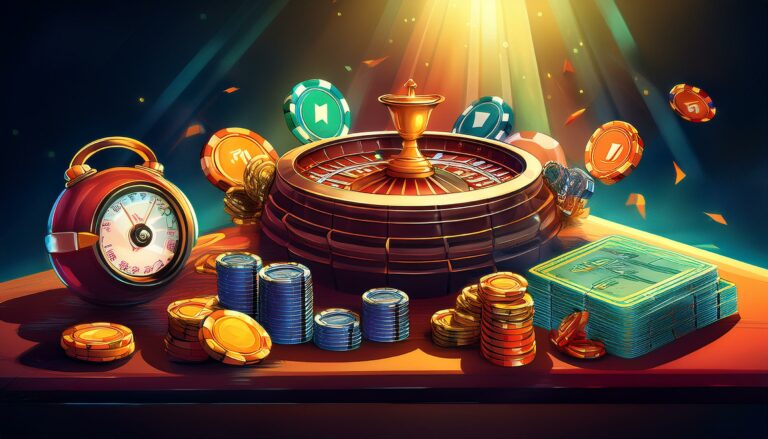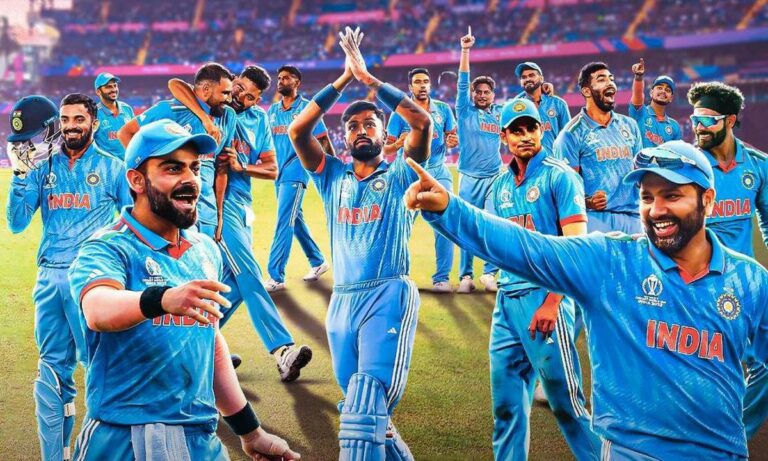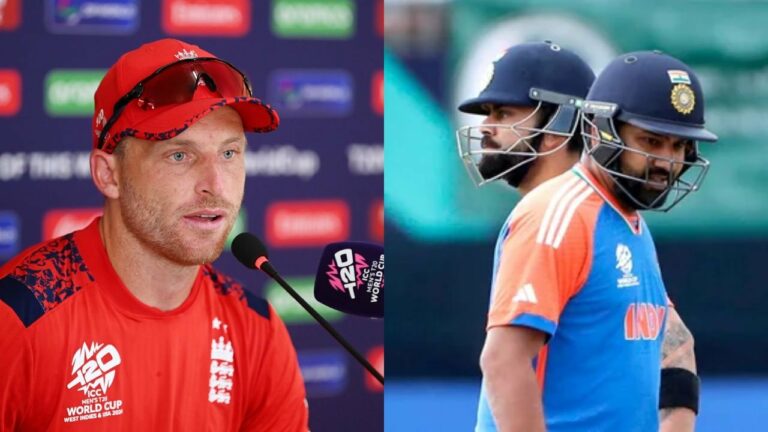Cricket’s Contribution to Community Development in India
11xPlay, Allpaanel: Cricket in India is not just a sport; it is a way of life that unites people across social, economic, and cultural barriers. From bustling cities to remote villages, cricket manages to captivate the hearts of millions of Indians, transcending boundaries and bringing people together in a shared passion for the game. It serves as a common language that enables individuals from diverse backgrounds to connect and bond over their love for cricket.
The impact of cricket in Indian society goes beyond just entertainment; it plays a significant role in shaping national identity and fostering a sense of pride among Indians. The success of the Indian cricket team on the international stage has elevated the sport to a symbol of national unity and glory. Cricket icons are revered as heroes, and their achievements are celebrated with fervor, serving as sources of inspiration for the youth and reinforcing the sense of collective identity among Indians.
Historical Evolution of Cricket in India
Cricket has a long and storied history in India, dating back to the 18th century when the British colonial rulers introduced the sport to the country. Initially played by elite classes and British officers, cricket gradually gained popularity among the Indian masses. The first-ever cricket match in India was recorded in 1721 in Cambay, Gujarat, signaling the beginning of a sport that would soon capture the hearts of millions across the nation.
As the sport continued to grow in popularity, the formation of the Bombay Presidency in 1845 marked a pivotal moment for cricket in India. The establishment of the Bombay Gymkhana in 1875, one of the oldest cricket clubs in the country, further solidified cricket’s position as a vital part of Indian society. The advent of the Maharajas’ tournaments in the 1930s and the Ranji Trophy in 1934 provided a platform for Indian cricketers to showcase their talent and passion for the game. These developments laid the foundation for what would eventually become a cricket-crazed nation, with the Indian Premier League (IPL) now standing as a testament to the sport’s enduring influence in India.
When did cricket first arrive in India?
Cricket was introduced to India in the early 18th century by the British colonizers.
How has cricket evolved in India over the years?
Cricket in India has evolved from being a recreational activity played by the British to becoming the most popular sport in the country with a massive following.
Why is cricket so important in Indian society?
Cricket is considered more than just a sport in India; it is a religion that brings people together and unites the diverse population of the country.
What are some key milestones in the historical evolution of cricket in India?
Some key milestones include India’s first Test match in 1932, winning the World Cup in 1983, and the introduction of the Indian Premier League (IPL) in 2008.
How has cricket impacted Indian culture and society?
Cricket has had a significant impact on Indian culture and society, influencing fashion, entertainment, and even politics.
What are some famous cricketing moments in Indian history?
Some famous moments include “The Natwest Series Final” in 2002, Sachin Tendulkar’s 100th international century, and India’s victory in the 2011 World Cup.
How has the popularity of cricket in India influenced the sport globally?
The popularity of cricket in India has helped elevate the sport to a global level, attracting more fans and sponsors worldwide.







